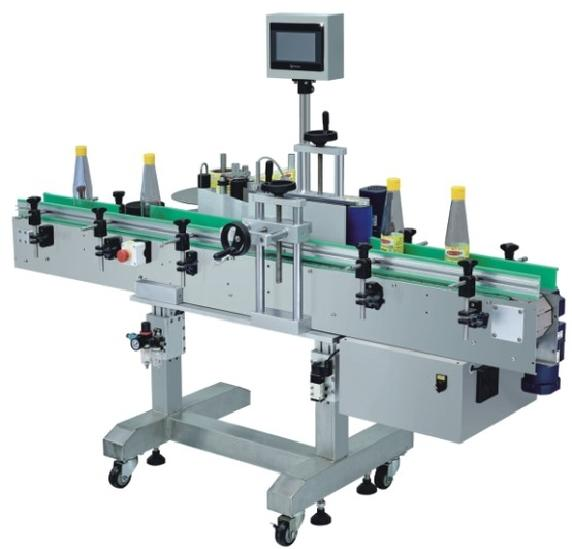Choosing the Right Compact Label Feeder Machine: Customization, Maintenance, and Integration
Introduction
Compact label feeder machines play a crucial role in various industries by efficiently automating the label application process. However, selecting the most suitable machine for your specific needs can be a daunting task. In this blog post, we will explore the factors to consider when choosing a compact label feeder machine, including customization options, maintenance, and integration into automated production lines.
Customization for Specific Industries and Applications
Compact label feeder machines are not one-size-fits-all. They can be customised to meet the unique requirements of different industries and applications. When selecting a machine, consider the following:
Label Size and Material: Ensure that the machine can accommodate the label sizes and materials relevant to your industry. Some machines are versatile and can handle various label types.
Speed and Capacity: Evaluate the machine's production capacity in terms of labels per minute to match your production demands.
Special Printing Requirements: If your industry requires specific printing needs such as barcodes, QR codes, or graphics, ensure the machine can support these features.
Safety Standards: If your industry has strict safety regulations, look for machines that comply with these standards.
Maintenance and Troubleshooting
To keep your label feeder machine running smoothly, it's essential to have a maintenance plan in place. Manufacturers typically provide maintenance guidelines and troubleshooting documentation. Ask about:
Maintenance Schedule: Follow the manufacturer's recommended maintenance schedule to prevent unexpected breakdowns.
Training Materials: Inquire if the manufacturer provides training materials or resources for your operators to understand the maintenance procedures and common troubleshooting issues.
Spare Parts Availability: Ensure that spare parts are readily available to minimise downtime in the event of component failures.
Integration into Automated Production Lines
Integrating a compact label feeder machine into an automated production line can significantly enhance efficiency. Here's how to go about it:
Communication Compatibility: Ensure that the machine is compatible with your existing automation systems, such as PLCs (programmable logic controllers) or SCADA (supervisory control and data acquisition) systems.
Sensor Integration: Use sensors and feedback mechanisms to synchronise the label feeder with other equipment in the production line, ensuring precise label placement.
Operator Training: Train your operators to understand the integration process and troubleshoot any issues that may arise during operation.
Testing and Optimisation: Conduct thorough testing and optimisation to ensure that the label feeder seamlessly fits into your automated production line without bottlenecks.
Conclusion
Selecting a compact label feeder machine tailored to your industry, maintaining it effectively, and integrating it into your automated production line can lead to improved efficiency and reduced production costs. By considering customization options, maintenance needs, and integration strategies, you can make an informed decision and maximise the benefits of this essential piece of equipment.


